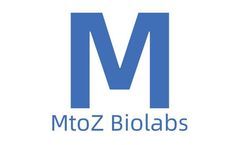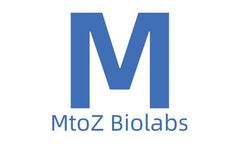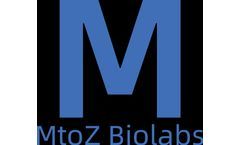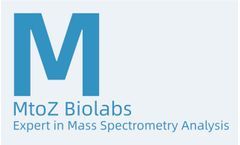Immune Disease Articles & Analysis: Older
30 articles found
Cytokines are a diverse group of small protein molecules that play crucial roles in the immune system and various biological processes. They are synthesized and secreted by a range of immune cells, including monocytes, macrophages, T cells, B cells, and natural killer (NK) cells, as well as certain non-immune cells like endothelial cells, ...
The ability to deliver mRNA effectively to target cells is crucial for harnessing its potential in treating a variety of diseases, including infectious diseases, cancer, and genetic disorders. ...
Furthermore, the exploration of liposomes for the delivery of nucleic acid-based therapies, such as siRNA and CRISPR/Cas9, offers a new frontier in the treatment of genetic diseases. In addition, there is a growing interest in the use of liposomes as vaccine adjuvants, leveraging their immunostimulatory properties to enhance antigen presentation and elicit robust ...
Antibody drugs are a type of drugs that treat diseases through artificially synthesized antibodies, which bind specifically to target molecules for therapeutic purposes. ...
They play an important role in many biological processes such as signal transduction, cell communication, immune response, hormone secretion, and so on. These proteins are usually synthesized in the endoplasmic reticulum (ER) of the cell and then transported out of the cell through a series of biosynthesis and transport processes. ...
In immunological research and drug discovery, it is essential to have reliable tools to study the function of immune receptors and their role in various diseases. Immune receptor stable cell lines are engineered cell lines that have permanently integrated a single type of immune receptor gene into their genome. This allows for ...
A common method is to use PCR technology to amplify and clone the gene encoding the antibody into a sequencing vector, and then sequence it using standard Sanger sequencing or high-throughput sequencing technology.Boxcab ab AntibodyThe Boxcab ab antibody is a special antibody that is widely used in immunotherapy and disease diagnosis. This antibody has a high degree of ...
Once the TCR binds to the antigen, the T cell initiates an immune response, generating cytotoxic effects, secreting cytokines, and coordinating the activities of other immune cells.There are millions of different T cells in the human body, each with a different TCR. ...
Functional Diversity The specificity of ubiquitination sites determines the fate and function of target proteins, such as degradation, localization, and activity regulation, which is the basis for fine regulation of cells. 2. Disease Relevance Abnormalities in ubiquitination sites, whether due to mutation or imbalance in regulation, are associated with the development and ...
They are involved in cell signaling, immune responses, and cell adhesion, among other functions. Glycan arrays have emerged as powerful tools for studying the interactions between glycans and other molecules. ...
Generally, 4 to 5 times of immunization are required.Step 2: Extract RNA library for screening. That is, blood is first taken, RNA from lymphocytes in the blood is extracted, reverse transcribed into cDNA, and then PCR amplification is performed. ...
Diagnostic potential: Fluorescent liposomes can be loaded with imaging agents for specific diseases, potentially enabling non-invasive diagnosis and monitoring of various conditions. ...
The field of medical science has long utilized disease models, which are systems simulating the progression and expression of a disease, to better understand various illnesses. ...
The field of medical science has long utilized disease models, which are systems simulating the progression and expression of a disease, to better understand various illnesses. ...
Cytokine Dysregulation in Systemic Immune Diseases The perturbation of immune tolerance leads to disruption in cytokine homeostasis. ...
Various cell factors are involved in processes such as stem cell culture, immune cell culture, and organoid culture. Disease modeling: Using cytokines in vitro to establish disease models for studying disease mechanisms or testing therapeutic drugs. ...
With regard to ischaemic aetiology, HFmrEF more resembles HFrEF, but HFmrEF has a higher frequency of underlying coronary artery disease (CAD) and a better overall prognosis. Comorbidities While there are differences between the cellular and structural comorbidities of HFpEF and HFrEF, there are some similarities. ...
Health · Intestine The number of intestinal microorganisms is more than 10 times that of human body's own cells, which plays an extremely important role in metabolism, growth, immunity and disease emergence. Many research results show that intestinal microorganisms are directly related to the pathogenesis of various diseases, such ...
HLA, human leukocyte surface antigen, a series of tightly interlocking motifs on the short arm of human chromosome 6, is the central basis for the immune system to recognize and differentiate between allogeneic substances. It is highly polymorphic and corresponds to a complex acquired immune system. It is importantly associated with a variety of autoimmune ...
It is also known as the major histocompatibility complex (MHC), and it is the most polymorphic region in the human genome, involving diverse immune reactions. HLA is divided into HLA-class I (corresponding to MHC class I) and HLA-class II (corresponding to MHC class II) according to the different types of T cells they interact with. ...














